1. A Mummified Cat in Massachusetts
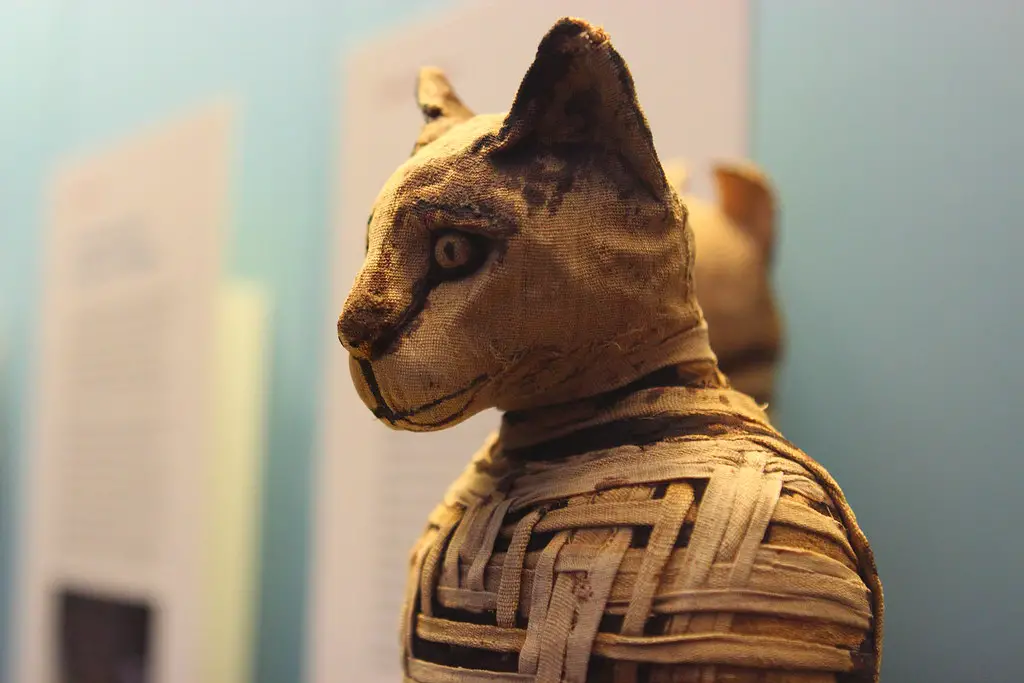
During renovations on a home in Massachusetts, workers discovered something they weren’t expecting—a mummified cat sealed inside the walls. The cat, which appeared to have been placed there deliberately, was tucked inside a tiny wooden box with a set of nails hammered in place. It’s thought that the cat was used as part of an ancient superstition to ward off evil spirits, a practice known as “cat burial.” In the 1700s and 1800s, people believed that placing cats inside walls could protect the house from misfortune.
The sight of the perfectly preserved feline was eerie, yet it provided an intriguing glimpse into the past. Experts believe that this was likely an act of superstition performed by the homeowners, who may have been trying to ensure their home’s safety. This ritual was especially common in homes built during the early colonial period. The cat’s preservation was incredibly well done, allowing researchers to study it and learn about the history of these old customs.
2. A Forgotten Baby Shoe in England
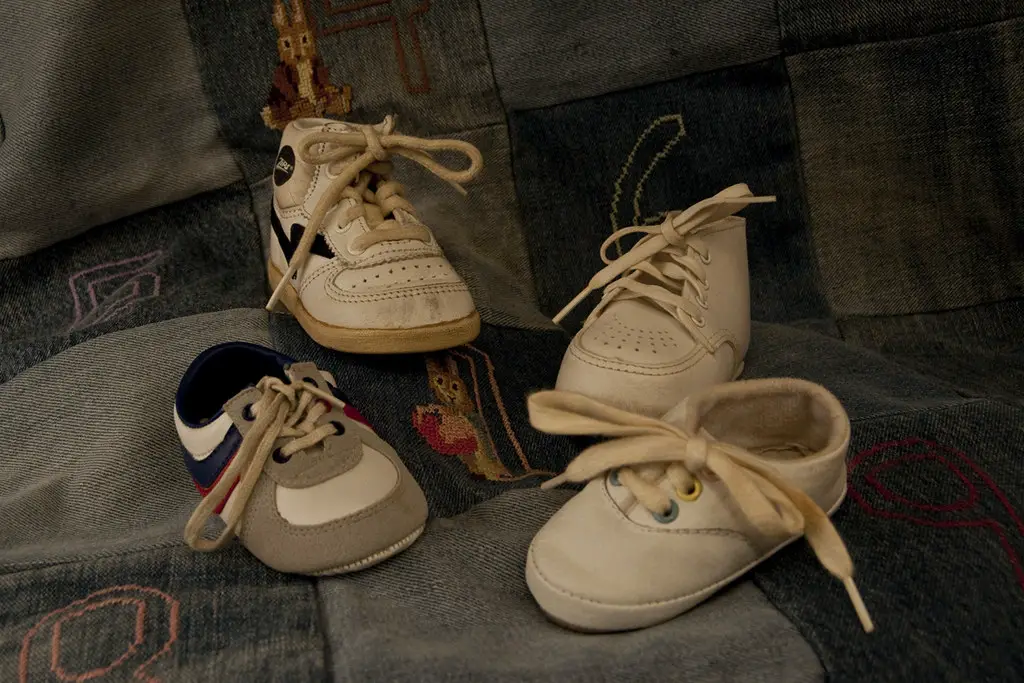
In an old home in England, renovators came across an unexpected find—a small, rusty baby shoe hidden between the walls. This discovery wasn’t just a random item, but part of a long-forgotten tradition. Baby shoes were often hidden in walls during construction as a way to bring good luck or ward off spirits. The shoe in question appeared to be well-worn, and the location it was found in suggested it had been there for hundreds of years.
The baby shoe’s significance lay in its cultural importance. Many families would place objects like this to ensure a child’s safety or to symbolize hope for a healthy life. The discovery of the shoe stirred curiosity about how these small gestures of protection from the past have largely faded from modern times. It also served as a reminder of the deep-rooted rituals that were once commonplace in everyday life.
3. A Human Bone in a New York City Brownstone
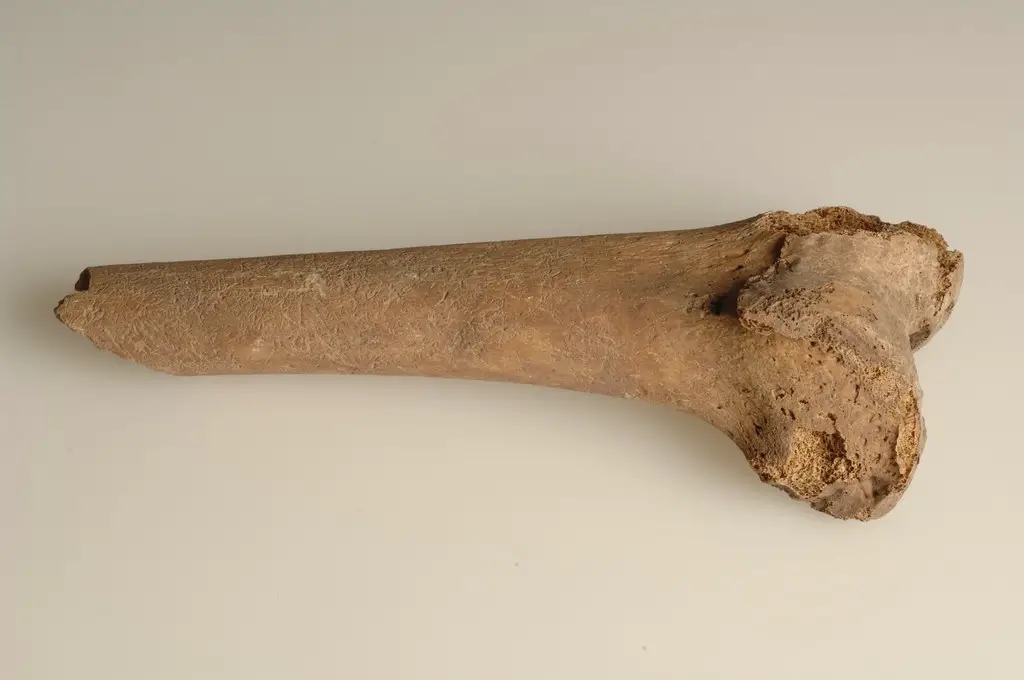
When contractors began tearing into the walls of a brownstone in New York City, they were horrified to find what appeared to be a human bone, hidden carefully inside the brickwork. At first, it was assumed to be part of a medical or historical artifact, but after further examination, it was determined to be an actual human remains. Experts suggested that the bone had likely been placed there deliberately during the construction of the building in the 19th century, as part of a local belief in protecting the home from evil forces.
This find took an even darker turn when further research revealed that such practices were not uncommon in that era. “Coffin nails” and other human body parts were sometimes hidden in walls as charms or symbols to ward off witches or malicious spirits. The chilling discovery prompted reflection on how, even in bustling modern cities, echoes of old-world superstitions can still influence the things we find hidden beneath the surface.
4. A Collection of Old Letters in Ohio
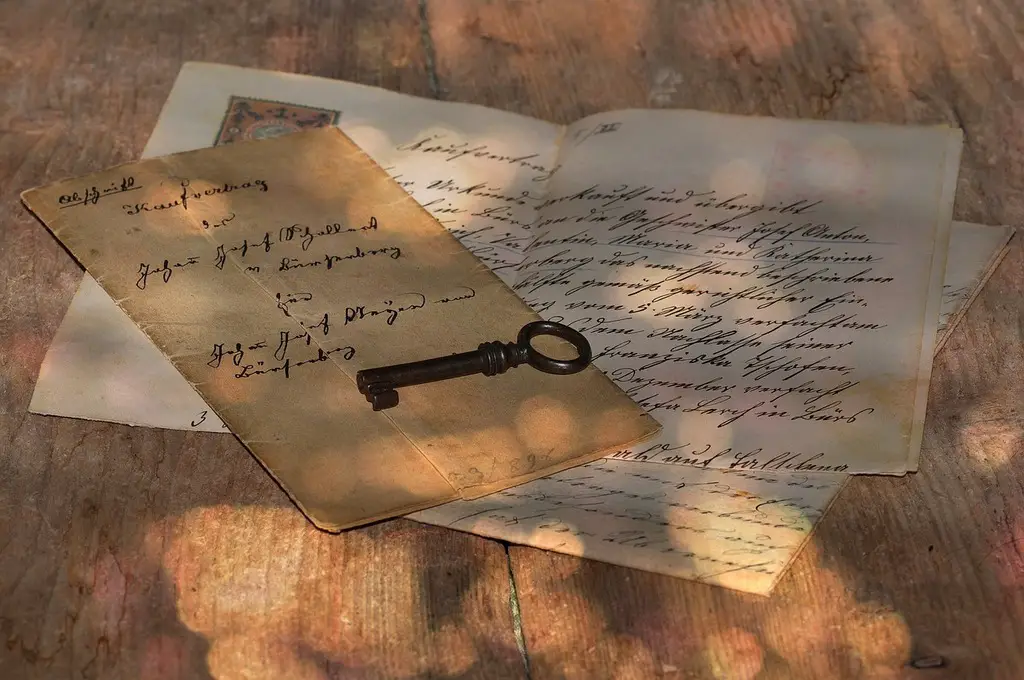
During the restoration of a century-old house in Ohio, a group of workers unearthed a bundle of letters hidden inside the walls. These weren’t just any letters—some were written in the early 1900s, and others were covered in strange symbols and cryptic messages. The letters were clearly not meant to be found, and their contents suggested the sender might have been in distress or trying to communicate with someone from another time.
Some of the letters appeared to be part of a secret correspondence, possibly involving forbidden or scandalous subjects of the time. The workers were stunned by the raw emotions expressed in these hidden words, which told a story of love, loss, and secrecy. It’s unclear who placed the letters there or why, but the mystery surrounding their existence continues to fascinate those who read them today. This discovery reminded everyone that behind every old wall, there might be a story waiting to be uncovered.
5. A Pack of Old Cigarettes in Texas

While tearing down the walls of an old house in Texas, a renovation crew stumbled upon something peculiar—an unopened pack of cigarettes from the 1940s. The vintage cigarette pack was still in remarkably good condition, with its packaging intact and the cardboard box slightly yellowed with age. The pack seemed oddly out of place in a wall, prompting speculation about why it had been hidden away.
The cigarettes were wrapped in a way that suggested they were more than just a forgotten stash. It is possible that the pack had been hidden as a time capsule of sorts, possibly by the homeowners or a previous tenant. Given that smoking was much more common during that period, it’s not surprising that the pack was tucked away as part of an everyday ritual. Yet, seeing something so familiar placed in such an unusual location brought an unexpected sense of nostalgia.
6. A Worn-Out Doll Head in California
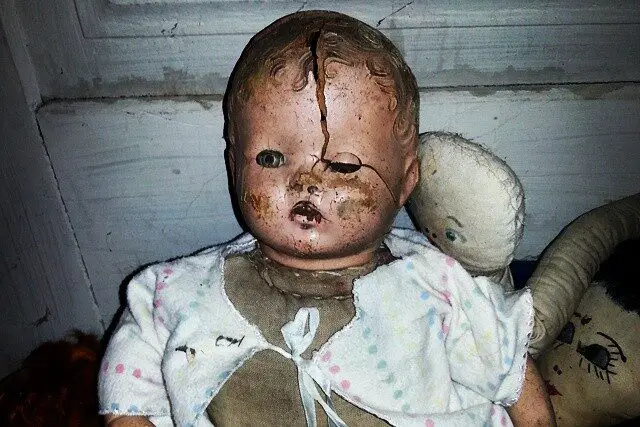
One of the creepier finds made by a renovation team in California was a decayed doll head stuck in between the walls of a Victorian house. The head, with its cracked porcelain features, seemed to stare back at the workers, unnerving everyone who saw it. It was likely part of a Victorian superstition, where dolls were believed to have protective powers. They were often used to ward off evil spirits, and placing a doll’s head in a wall was seen as a way to ensure safety.
As unsettling as the discovery was, it was a reminder of how objects we now view as innocuous can hold deep symbolic meaning. The Victorian era was rife with strange practices and beliefs, many of which involved items thought to provide spiritual protection. The doll head’s placement reflected an era that was much more focused on mystical beliefs, and the strange sentiment it evoked lingered long after the renovation was complete.
7. A Pile of Old Coins in a Florida Home
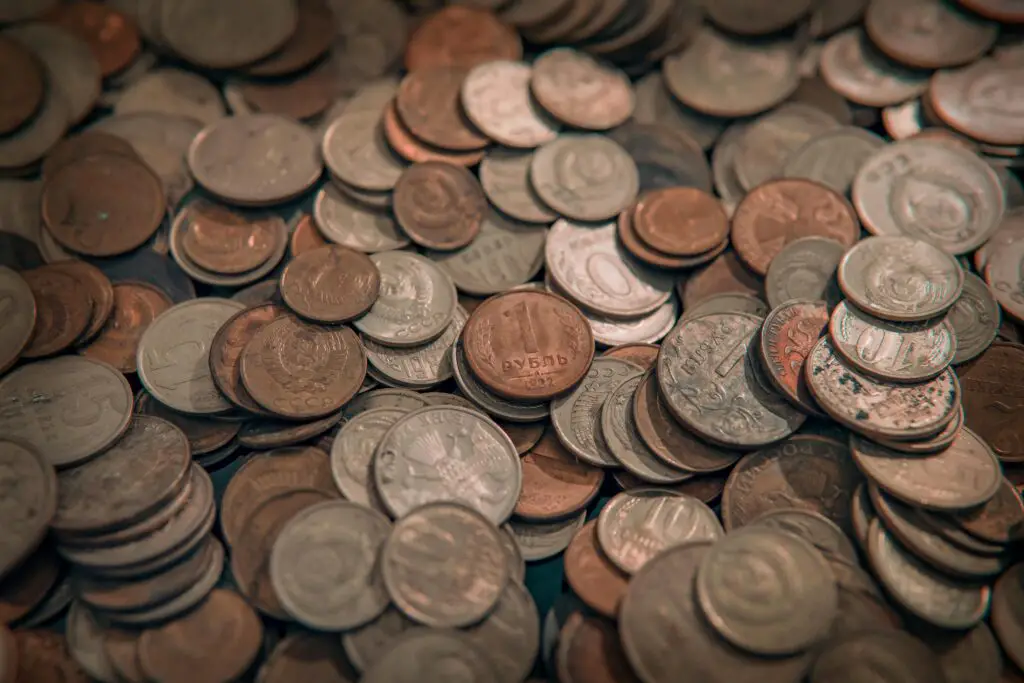
While renovating a home in Florida, workers discovered a strange collection of coins wedged inside the walls. These weren’t ordinary coins; they dated back to the early 1800s and included several rare, now-worthless pieces that had been deliberately placed in the building’s structure. After some research, it was found that the coins were often used as “good luck” charms in times of uncertainty.
In an age where financial hardship was common, it made sense that people would try to secure their homes and wealth by hiding valuable items. The discovery of these coins in such a hidden place sparked fascination with the local history and the way people used objects to safeguard their futures. It was a reminder that even the most mundane items can carry significant weight when placed in the right context.
